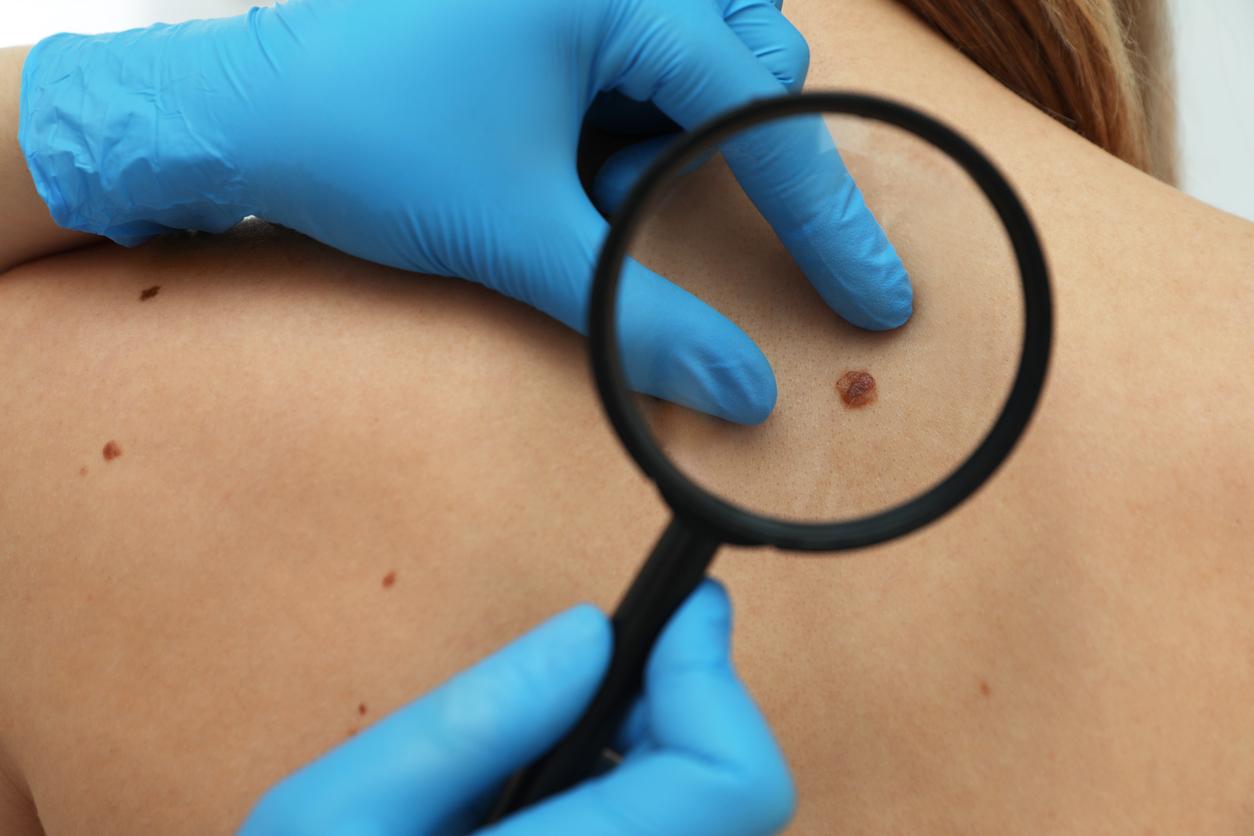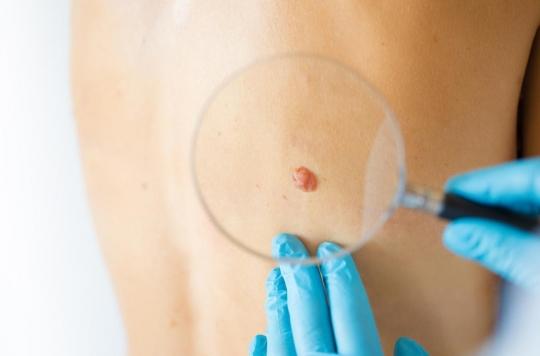Between 2003 and 2017, the number of keratinocytic carcinomas increased by 30% in Ontario, particularly in people under 35 years of age. The fault, according to the researchers, is an increase in risky behavior, especially among women.

- While from 1998 to 2003, the incidence rate of basal cell and squamous cell carcinomas had decreased, it has since increased by 30%, particularly among those under 35 years of age.
- Women are also the most affected. According to the researchers, this is due to the popularity of UV cabins.
Although presenting a low mortality rate, keratinocyte carcinomas – basal cell and squamous cell cancers – are today the most frequent malignant tumors, and greatly affect the quality of life of patients.
According to an epidemiological study published in the CMAJ (Canadian Medical Association Journal), since 2003 Canada has been facing a sharp increase in these basal cell and squamous cell carcinomas in the population. And it is the youngest, under the age of 35, who are the most affected.
To reach this conclusion, the researchers analyzed data from the Institute for Clinical Evaluative Sciences (ICES) on keratinocyte carcinoma over a 20-year period. They found that the rates declined early in the study period, from 1998 to 2003, and then reversed, increasing by 30% over the remaining 14 years. Annual mortality rates have multiplied by nearly 5, from 6.39 deaths per 100,000 in 1998 to 30.53 deaths in 2017. Moreover, these rates are approximately 1.8 times higher among men than among men. the women. Most deaths have occurred in adults over the age of 65.
Responsible tanning booths
How can this rise in incidence rates be explained? For the researchers, it is necessary to look on the side of the behavior of patients from 2003. They thus particularly incriminate the popularity of tanning booths among those under 35, who are the first affected by these new cases of skin cancer. And especially women, more fans of UV cabins than men. “The data suggests that men are more likely to engage in outdoor occupations and engage in sun protection behaviors, while women are more likely to seek out a tan using artificial tanning booths and sunscreens. exposing to the sun”write the authors of the study.
However, they note, this exposure to tanning decreases with age. Women are also more likely to examine their skin, which could lead to earlier diagnosis than men.
However, they consider that “the increasing incidence rates (particularly among young women) and disproportionate mortality rates from keratinocyte carcinoma are of concern.”. They therefore recommend continuing research on these cancers and renewing public health efforts to promote preventive behavior and encourage early diagnosis.















